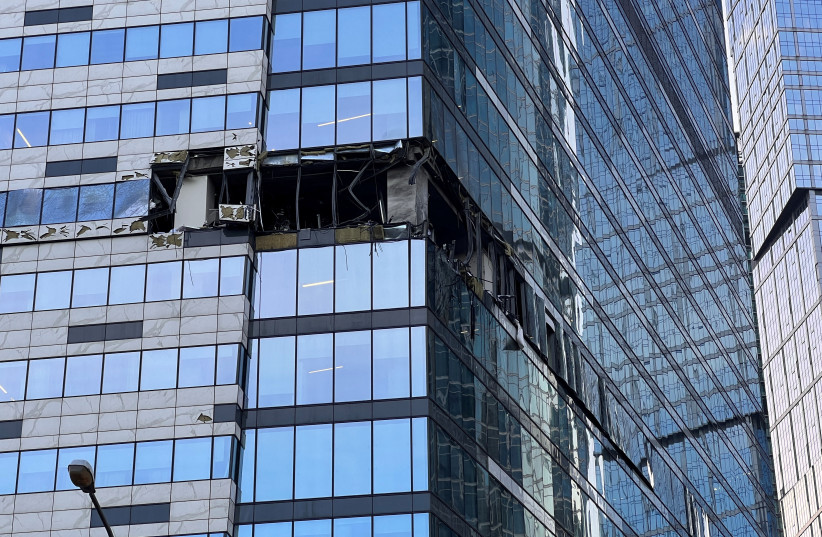Ukrainian drone attacks on Russia could be signaling how drones will transform war, but the new use of cheap, expendable drones in carrying out deep penetration attacks is not the way they have traditionally been used, at least over the last decades.
Huge investments in unmanned drone systems, like the US Global Hawk or Reapers, produced drones that were slow and vulnerable to air defenses. In Syria, Russian warplanes have flown circles around US Reapers, damaging them.
In Ukraine, the kamikaze drones, or what are sometimes called loitering munitions, have played a major role in the fighting.
Russia acquired the Iranian Shahed drones to be used against Ukraine, slow moving drones that can be shot down by air defenses. Kyiv doesn’t operate much of an air force, so it has a hard time sending up fighter jets to shoot them down, but its air defenses are able to destroy most of the Iranian drones.
Ukraine using drones to hit at the heart of Russia
On the other hand, it now appears that Ukraine is investing in new kamikaze drones. Several attacks on Moscow have showcased this improvement in Ukraine’s abilities, with reports noting a specific drone called Bober. For a modest investment of several million or hundreds of millions of dollars, a country can produce a kind of instant air force in drones. This means that, even countries under sanctions, like Iran, can produce a lot of drones and terrorize the Middle East. Iran has successfully showed this in Yemen, attacking Saudi Arabia between 2015 and 2022. Now, Iran has provided Russia with these drones.
in Ukraine’s abilities.

This is pointing to a new era of drone warfare. Turkey, for instance, is selling drones in the Middle East and Africa. Unlike the more expensive American or Israeli drones, Turkey and China, as well as Iran, prefer to make cheaper drones for export. Some of these, such as the loitering munitions or kamikaze drones, are drones that are expendable or used to take out high value targets deep in enemy territory.
These types of drones give countries a major advantage on the battlefield, providing some of the threats that a warplane or cruise missile might have, but at a fraction of the cost. Why would a country invest in billion-dollar warplanes, or “6th generation” fighter jets, when for one jet it can buy large numbers of drones? Why invest in manned surface vessels that take decades to build, when you can make unmanned vessels do the same work?
Ukraine is proving to be a testing ground for many countries and their drone technology. China is now cutting down on exports of drones in a way that may impact drones. Many countries have used simple quadcopter civilian drones for instance to do surveillance on frontlines. But as countries become wary of dual-use technology, it is possible these types of drones might be cut off from procurement.
The use of Internet and other technologies, such as GPS, are important in this realm. As countries learn how to use technology to defeat drones, it may mean that the ease of creating an instant air force by acquiring kamikaze drones will not be able to transform the next battlefield. The lessons of Ukraine therefore are important.
It’s also important how it has transformed the Middle East, essentially putting Iran’s drone program on steroids. This means Iran may be rolling out more drones, but the drive for better air defenses means most countries threatened by Iran’s drones are now protected.
